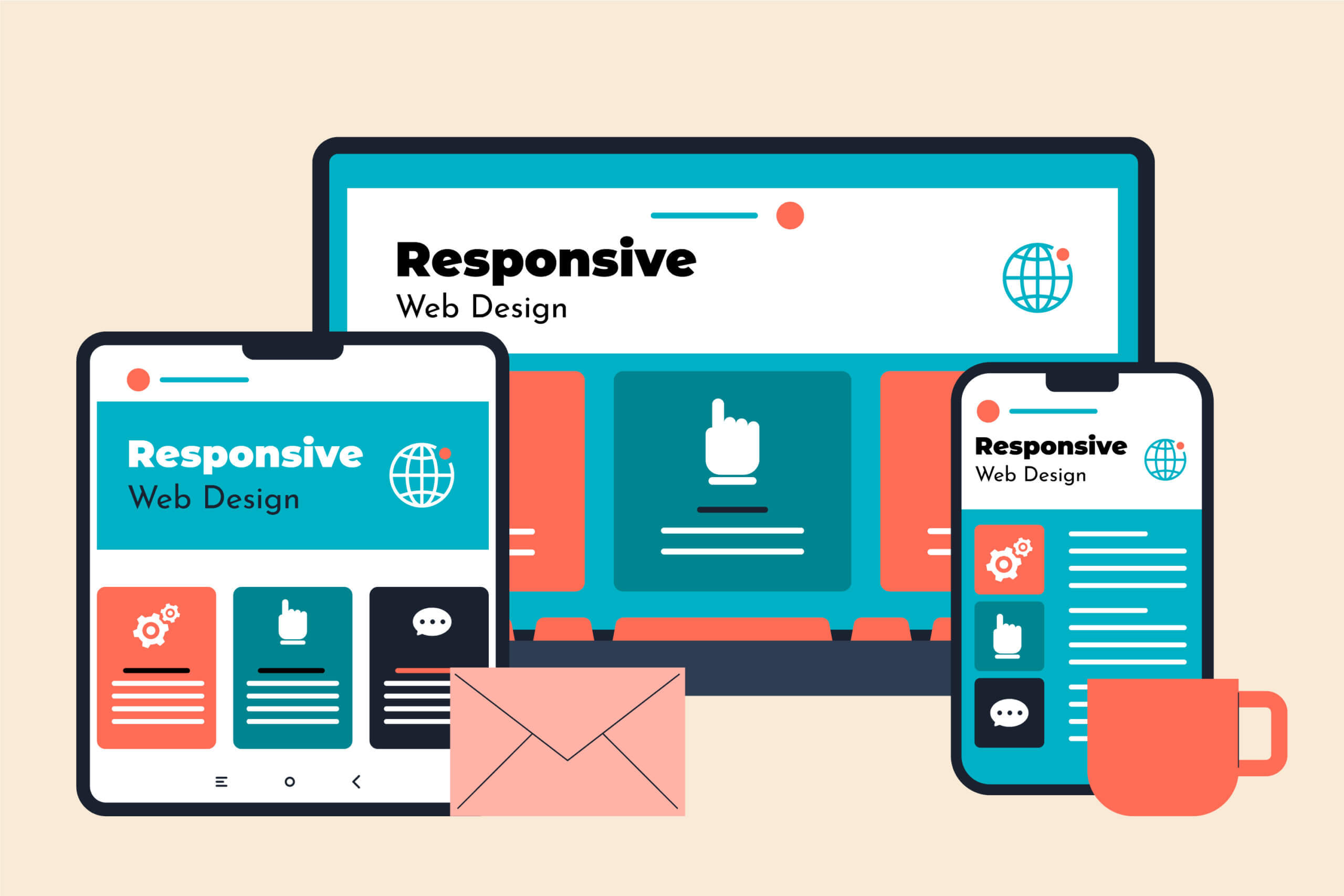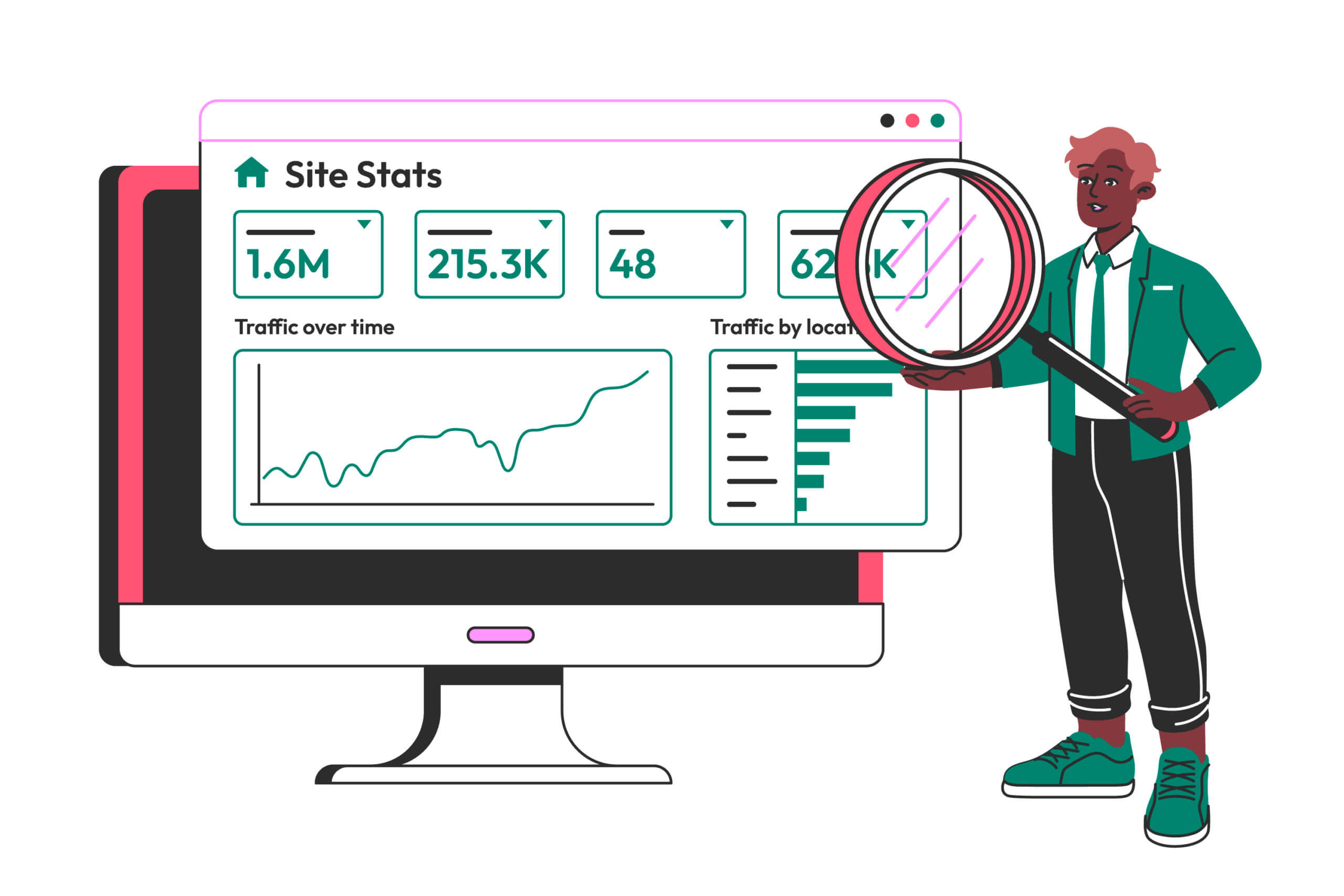
Introduction
In the digital realm, web design plays a crucial role in capturing and retaining users’ attention. One element of web design that significantly impacts user perception and behavior is color. Colors evoke emotions, convey messages, and influence the overall user experience. Understanding the psychology of color can empower web designers to create visually appealing and effective websites. In this article, we will explore the psychology of color in web design and its influence on user perception and behavior.
The Power of Color Psychology
Color psychology is the study of how colors affect human emotions, attitudes, and behaviors. Colors have the ability to evoke specific feelings and associations, making them a powerful tool in web design. By strategically utilizing colors, web designers can enhance the user experience, communicate brand messages, and guide user behavior.
Color Associations and Meanings
Different colors evoke different emotions and associations. Here are some common color associations and their potential impact in web design:
1. Red
Red is associated with passion, energy, and urgency. It can create a sense of excitement and draw attention. However, excessive use of red may also convey aggression or danger. Red can be effective for creating bold call-to-action buttons or highlighting important elements on a website.
2. Blue
Blue is often associated with calmness, trust, and professionalism. It can create a sense of reliability and stability. Blue is commonly used by businesses to convey a sense of trustworthiness. Lighter shades of blue can evoke a feeling of serenity, while darker shades can add a touch of sophistication.
3. Green
Green is commonly associated with nature, growth, and freshness. It can evoke feelings of harmony, balance, and health. Green is often used in websites related to environmental sustainability, health, and wellness. It can create a sense of relaxation and rejuvenation.
4. Yellow
Yellow is associated with happiness, optimism, and warmth. It can grab attention and create a sense of cheerfulness. However, excessive use of yellow can be overwhelming. Yellow can be effective for highlighting important information or adding a playful touch to a website.
5. Orange
Orange is associated with enthusiasm, creativity, and vitality. It can evoke a sense of energy and warmth. Orange is often used to create a friendly and inviting atmosphere. It can be effective for creating a sense of urgency or highlighting discounts or promotions.
6. Purple
Purple is associated with luxury, creativity, and spirituality. It can evoke a sense of elegance and sophistication. Lighter shades of purple can create a calming effect, while darker shades can add a touch of mystery and intrigue. Purple is often used in websites related to beauty, art, and spirituality.
7. Neutral Colors
Neutral colors such as white, black, and gray are often used as a base in web design. They provide a sense of balance and allow other colors to stand out. White conveys simplicity and cleanliness, while black can add a touch of sophistication and elegance. Gray is often used for backgrounds or to create a sense of professionalism.
Using Color to Influence User Perception and Behavior
Understanding the psychology of color allows web designers to strategically utilize colors to influence user perception and behavior. Here are some considerations:
1. Brand Identity
Select colors that align with the brand’s identity, values, and target audience. Consistency in color usage across the website can help reinforce brand recognition and create a cohesive user experience.
2. Emotional Impact
Consider the emotional impact of colors and how they align with the desired user experience. Warm colors may evoke a sense of excitement and urgency, while cool colors may create a calm and serene atmosphere.
3. Hierarchy and Visual Hierarchy
Use color to establish a visual hierarchy on the website. Bright and contrasting colors can draw attention to important elements or call-to-action buttons, guiding users to take desired actions.
4. Cultural and Contextual Considerations
Be mindful of cultural and contextual factors when selecting colors. Different cultures may have different associations and meanings attached to colors. Consider the target audience and the cultural context in which the website will be viewed.
5. Accessibility
Ensure that color choices meet accessibility standards, allowing all users, including those with visual impairments, to have a positive experience on the website. Provide sufficient color contrast and alternative text for better accessibility.
Conclusion
The psychology of color in web design offers a powerful tool to influence user perception and behavior. By understanding the associations and meanings of different colors, web designers can create visually appealing websites that evoke the desired emotions and communicate the intended messages. Color choices should align with brand identity, consider emotional impact, establish hierarchy, be mindful of cultural and contextual factors, and ensure accessibility. By harnessing the psychology of color, web designers can enhance the user experience, encourage engagement, and ultimately achieve their website’s goals.

















